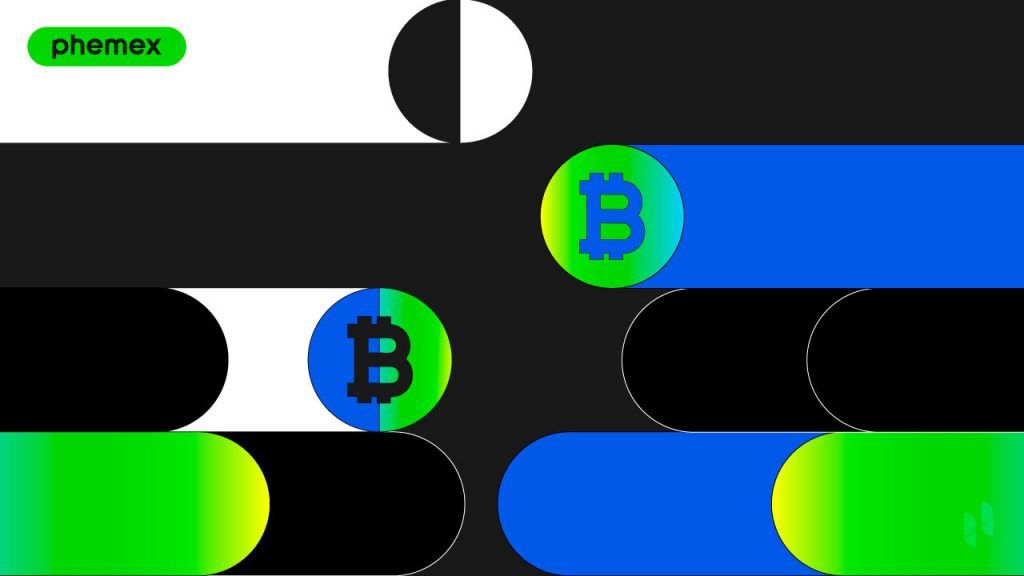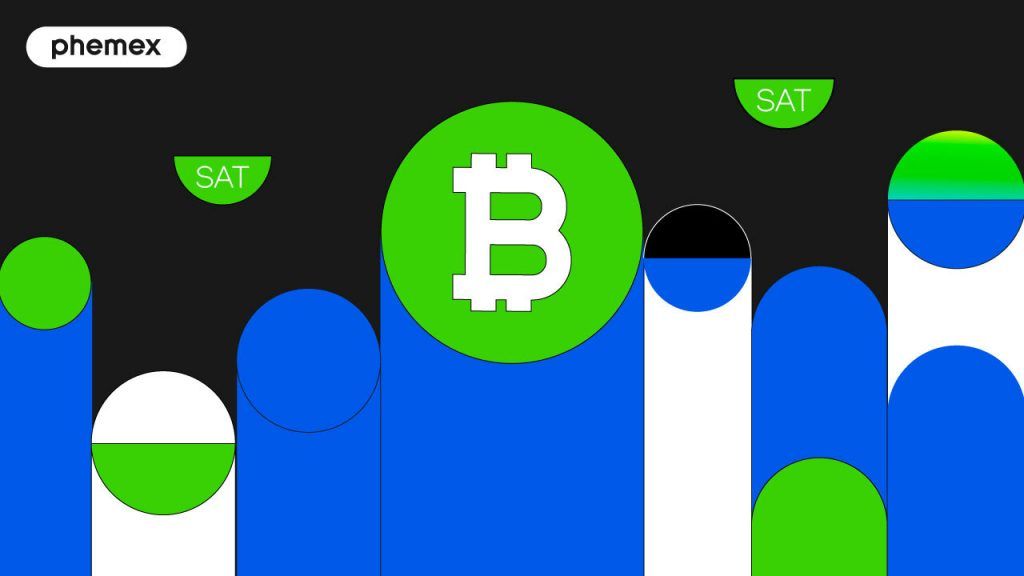The cryptocurrency sphere has been making a lot of noise recently. Bitcoin hit 60K, and Ethereum 2.0 is causing ETH to soar. As more people become interested in crypto, experienced traders often give newbies one piece of advice, to buy the dip. What exactly does this mean, and how do you do it?
Let’s take a step back. The first thing we already know is that we’re supposed to buy. So with that part figured out, what is the dip?

What Is A Dip In Cryptocurrency?
When trading any cryptocurrency, there is always a way to inspect the market and prices through visual representations. Most platforms offer candlestick charts. Take a look at this Phemex BTC/USDT Trading chart.

How To Understand A Candlestick Chart?
As you can see, the Candlestick chart displays many red and green figures called candles. Each candle often has thin lines protruding above or below it. These are known as candle wicks. Each candle represents the price range at which an asset was traded at for a specific time. Time frames can be changed to candles represent any period of time you want. You could have 1-min, 4-hour, or 1-day candles, depending on the level of detail you want to examine. 1-min candles will reveal a lot more volatility as prices can range a lot within minutes. The higher the time frame, the less movement you’ll see as these will display more long-term trends. For example, while a day’s activity is represented with 24 1-hour candles, a 1-day candle would simply be a single red or green candle.
Curious about the trading strategies behind different Candlestick Patterns?
Read: The 8 Most Important Candlestick Patterns in Crypto Trading
When To Buy The Dip In Bitcoin?
A dip can easily be visualized through these candles. A green candle means that the price has risen since the moment the candle started. On the other hand, a red candle indicates a dip in price. Depending on the time frame that you’re looking at, you could identify dips as either one or multiple red candles in succession. The idea of buying the dip is to purchase the asset at the very bottom of the last red candle before the direction reverses and prices start going up again.
Who Is Buying The Crypto Dip?
For day traders, buying the dip is how they make profits. They buy at lower prices and sell higher throughout the day, slowly accumulating more profit as they go. For longer-term investors, who are not interested in watching the market every day, the goal is to amass a large amount that will one day be worth a lot more in the future. Unless you have the capital to buy a large sum you are happy with right at the very beginning, you will need to build up your assets with time. The best strategy is to avoid buying a coin when the market price is at its peak. Instead, simply purchase more every time the price has dipped. Depending on your budget and how much available time you have to monitor the market, you can set any parameters you want. For example, this could be purchasing more every time the price dips by $500 or $1000. Of course, there is no guarantee you’re buying at the lowest point of the dip, but at the very least, you know you are not buying at the highest possible price. Like everything in trading, no strategy is going to be one size fits all. You need to take the time to evaluate what you can afford to lose and how much time or resources you can dedicate to the market.
What Does BTFD Mean?
BTFD is the acronym for “Buy the F*****g Dip,” which is an aggressive cryptocurrency slang term used online to either hype up the next crypto double or triple-digit increase or influence people to buy cryptos. BTFD connotes a deeper meaning than “buy the dip” mainly because it exerts rated R language and also because of the way it is used. BTFD is used more explicitly online to encourage those buying the dip to buy the dip even more, and go all in. Following the sell-off from all-time highs this spring, where most cryptos lost around 50% of their value, this was the best time to BTFD. However, we can’t always predict how far the dip will dip, and that’s where many investors lose out. Therefore, the market dipping and diving is actually an opportunity to accumulate, but if you refuse to allocate some of your investment to BTFD, then you may lose out.









